Only 50 km from the center of Ho Chi Minh City, Can Gio is the only area of the city bordering the sea, possessing pristine natural landscapes, a fresh environment and an interwoven system of rivers and canals.
Can Gio district also has many unique tourism resources such as the Sac Forest Base Historical Site, the Giong Ca Vo Archaeological Site, the Nghinh Ong Festival - a national intangible heritage, and traditional craft villages.
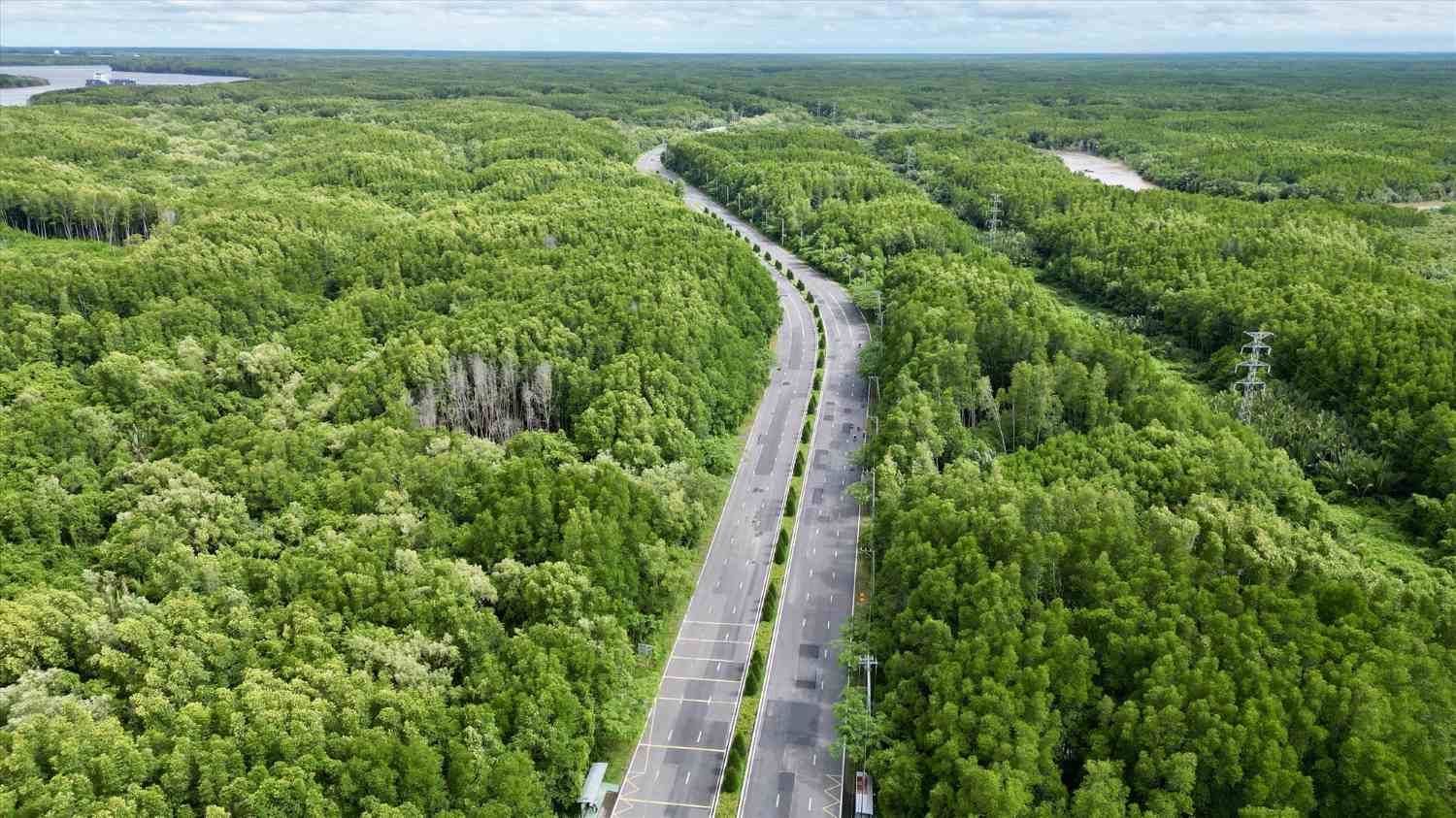
However, despite its great potential, the tourism industry here has not yet developed to its full potential. Currently, tourism products are still monotonous, mainly revolving around visiting the wild monkey breeding area, Sac Forest, Vam Sat, swimming and enjoying seafood.
Most tours only last for a day, while business and trade activities end early at around 6pm.
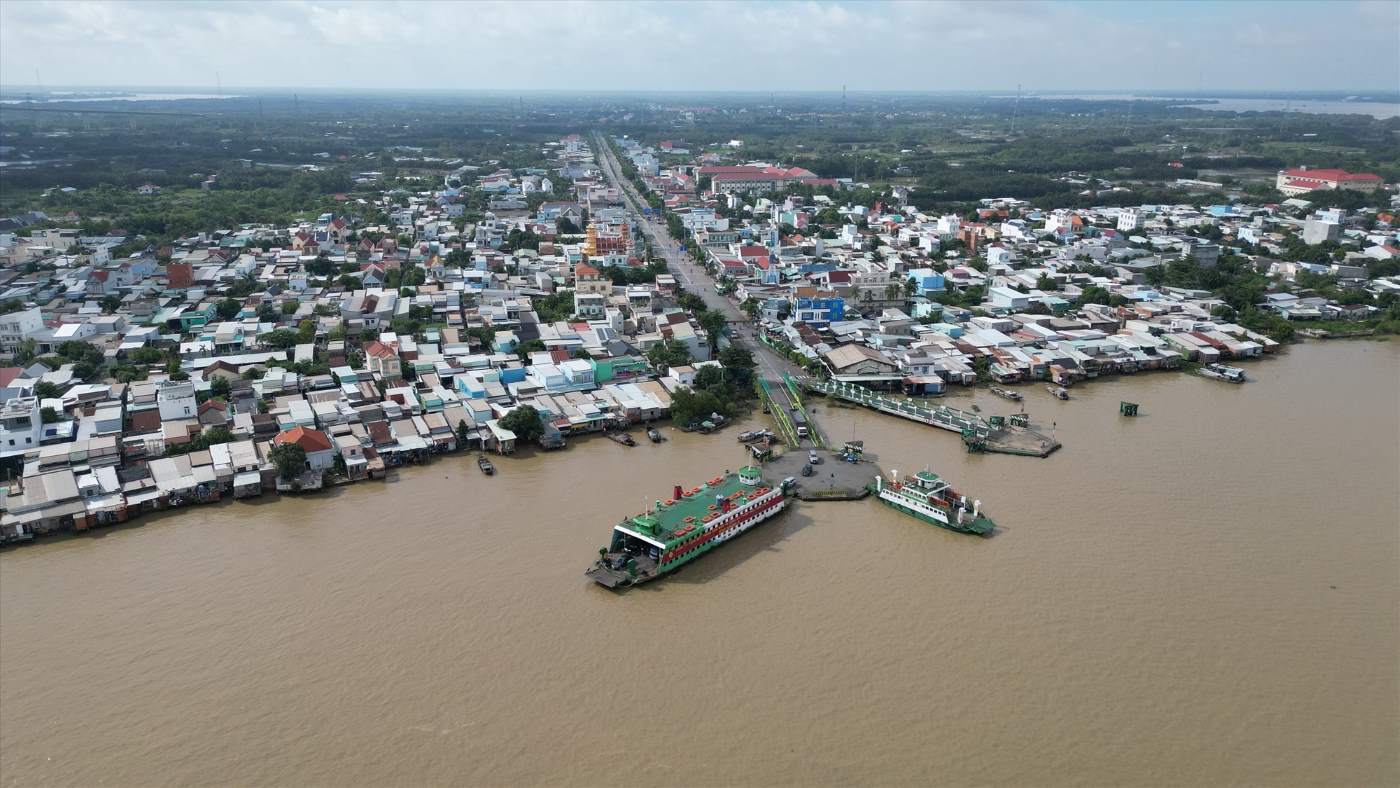
In addition, the incomplete transport infrastructure is also a major barrier. The Can Gio bridge has not been implemented, making the connection with the center of Ho Chi Minh City difficult.
In addition, the shortage of 4-5 star hotels reduces the ability to attract overnight visitors, affecting the sustainable development of the local tourism industry.
According to the planning of Ho Chi Minh City for the period 2021 - 2030, with a vision to 2050, recently approved by the Prime Minister, Can Gio district will be oriented to become a marine ecological urban area.
To realize this goal, the Can Gio coastal urban tourism project, with a scale of 2,870 hectares and a total investment of nearly 9 billion USD, has just been approved by the Ho Chi Minh City People's Committee for detailed planning at a scale of 1/500.
The project covers an area of 2,870 hectares (in Long Hoa commune and Can Thanh town), divided into 5 functional zones: A, B, C, D and E. The expected population is nearly 230,000 people and can accommodate 8 - 9 million visitors per year.
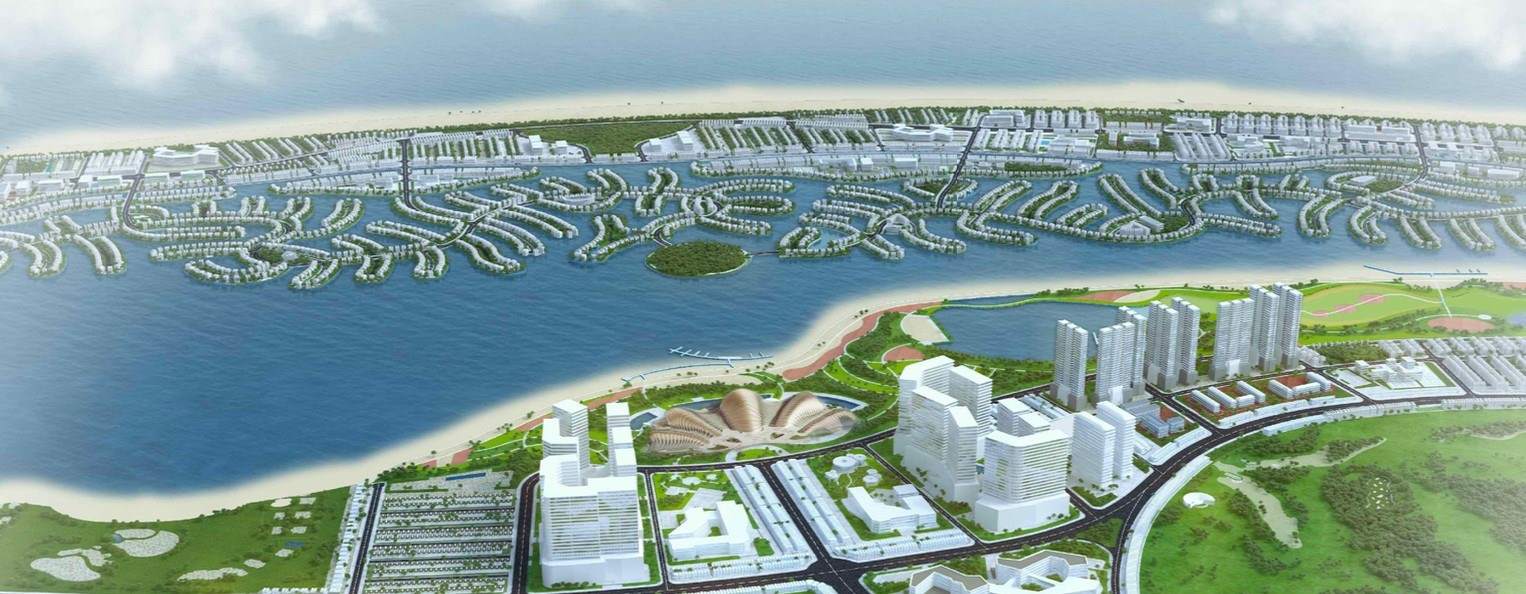
This will be a resort urban area, a smart urban area, combining high-tech services, housing and international standard hotels.
The project is expected to start construction in 2025 and be completed and operational from 2030.
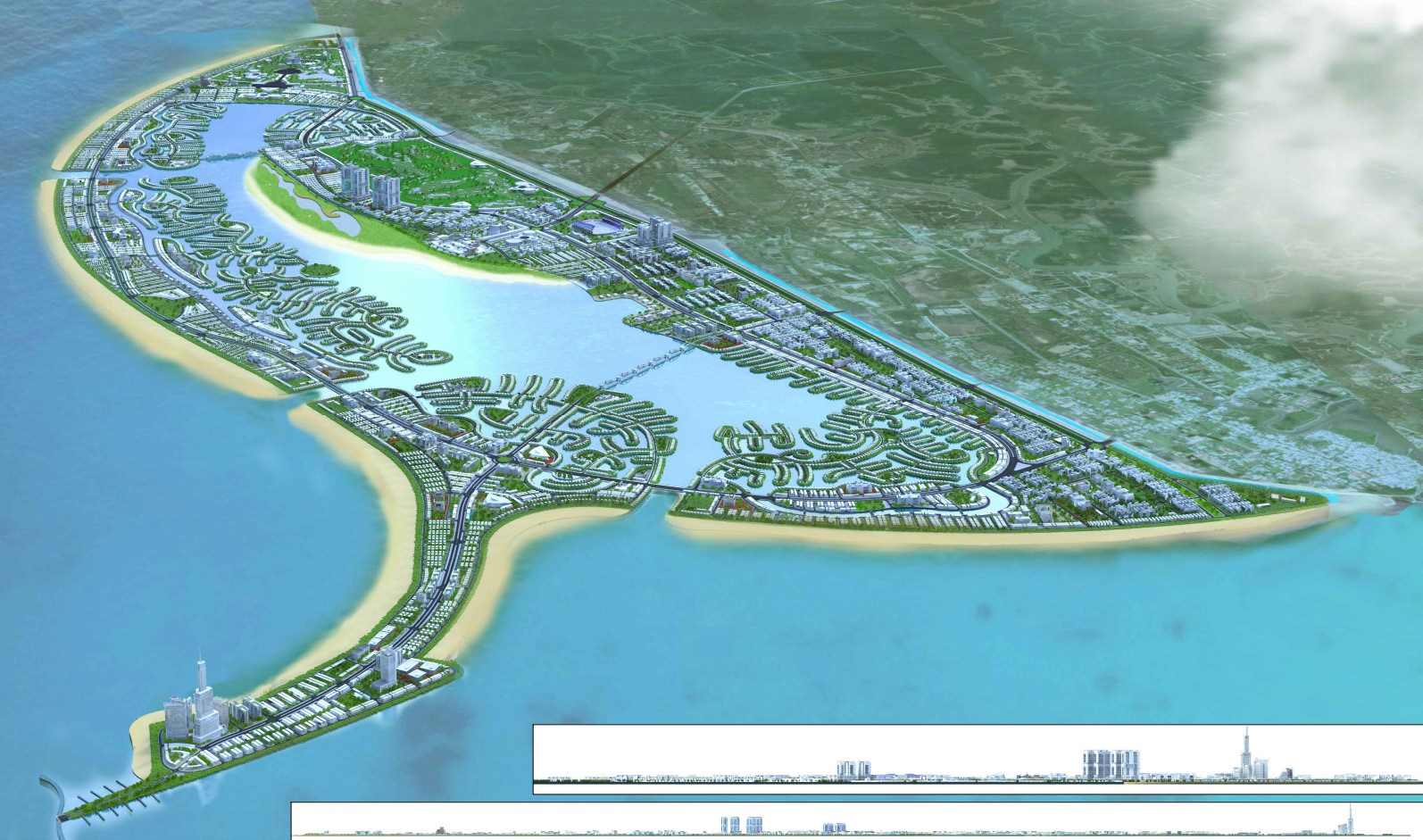
To support the development of Can Gio, according to the Ho Chi Minh City Planning for the period 2021 - 2030, with a vision to 2050, the city will invest in a series of important transport infrastructure projects.
Of which, Can Gio Bridge, with a length of 7.3 km and a total investment of more than 10,500 billion VND, is expected to start construction this year and be completed in 2028. This bridge will replace Binh Khanh ferry, making travel from Can Gio to the city center more convenient.
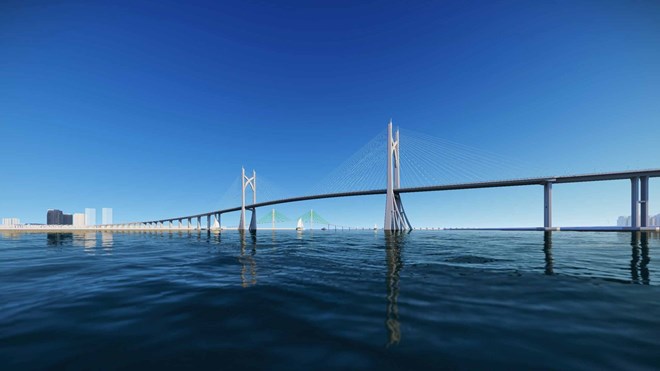
In addition, Ho Chi Minh City is also building an intersection connecting Long Thanh - Ben Luc expressway with Rung Sac road, with a total investment of about 2,400 billion VND, expected to be implemented before 2030.
The Saigon River route is 78.2 km long, from the Tay Ninh border to the Ben Luc - Long Thanh expressway intersection with Rung Sac road, with a scale of 4 - 8 lanes.
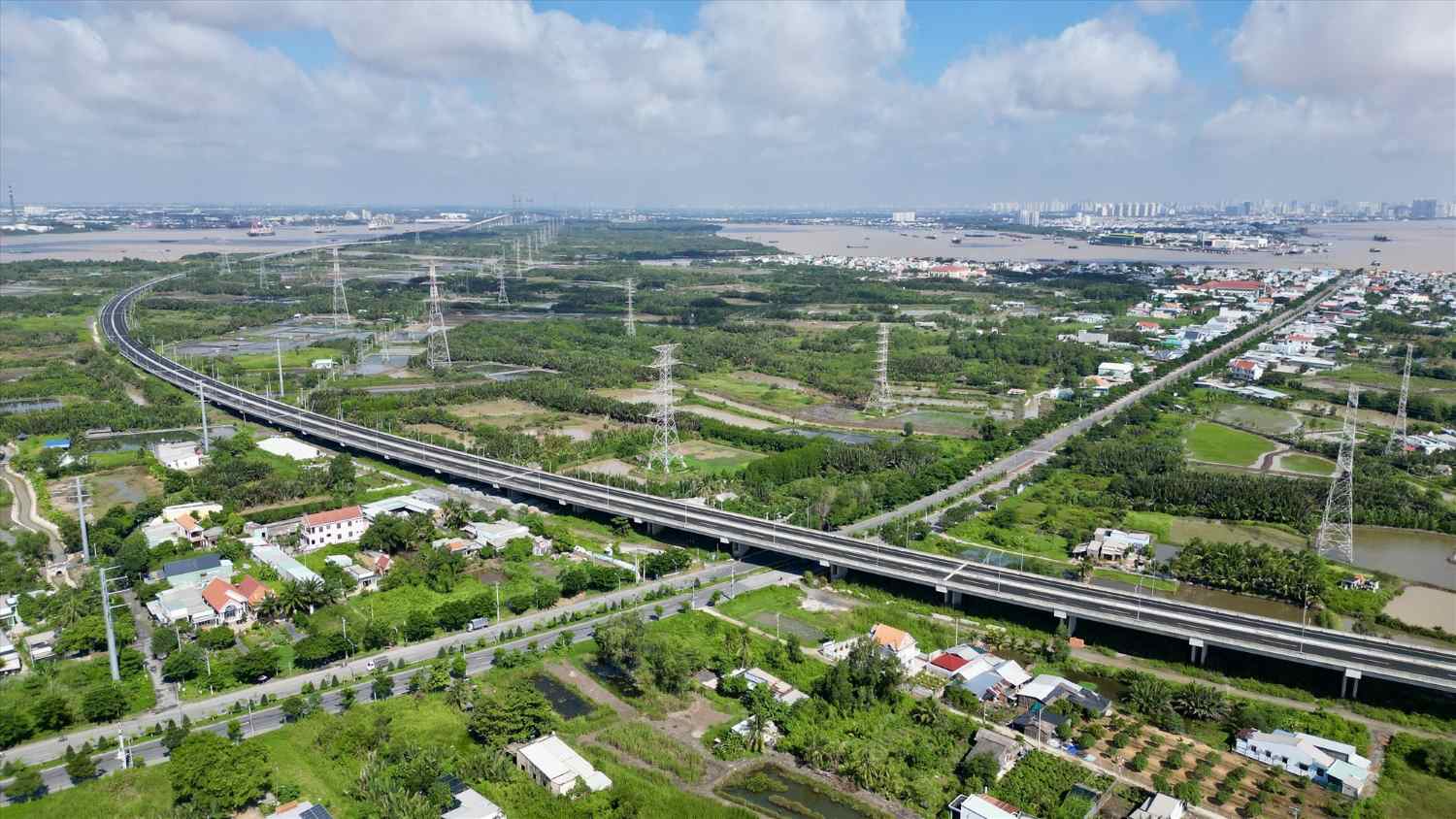
The southern coastal traffic axis, connecting from Tien Giang, through Can Gio, to Dong Nai and Ba Ria - Vung Tau. The route is 57.4 km long, of which 38.2 km passes through Ho Chi Minh City, and is expected to be invested after 2030. In particular, the section through Can Gio will combine ground roads, underground roads and overpasses to protect the Can Gio Biosphere Reserve.
The nearly 49 km long metro line, connecting District 7 with Can Gio coastal tourist urban area, will also be built to serve the development needs of Can Gio coastal tourist urban area and tourism development.











